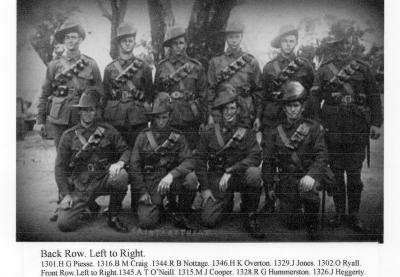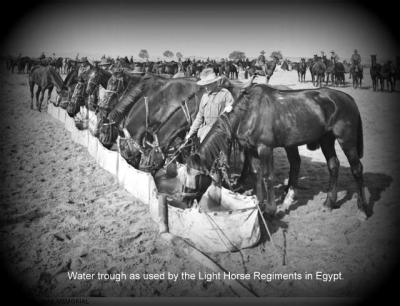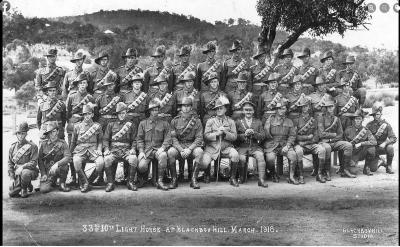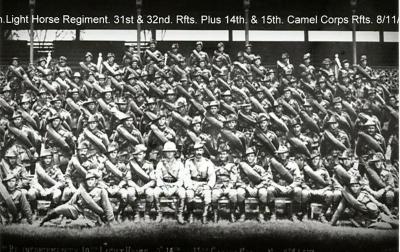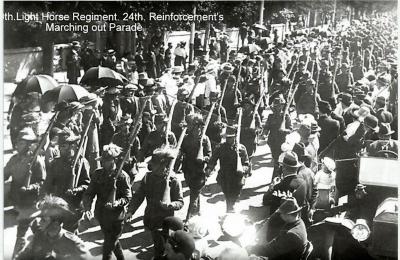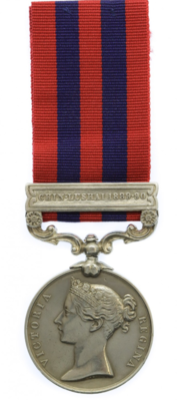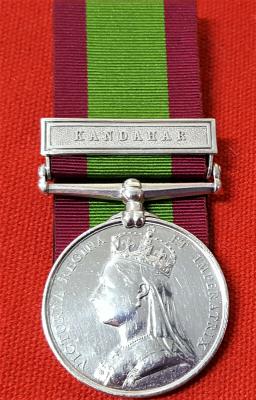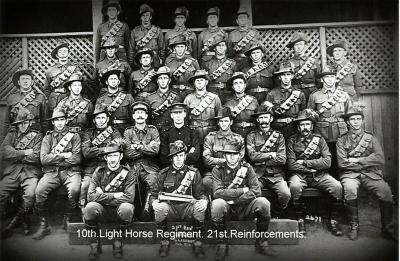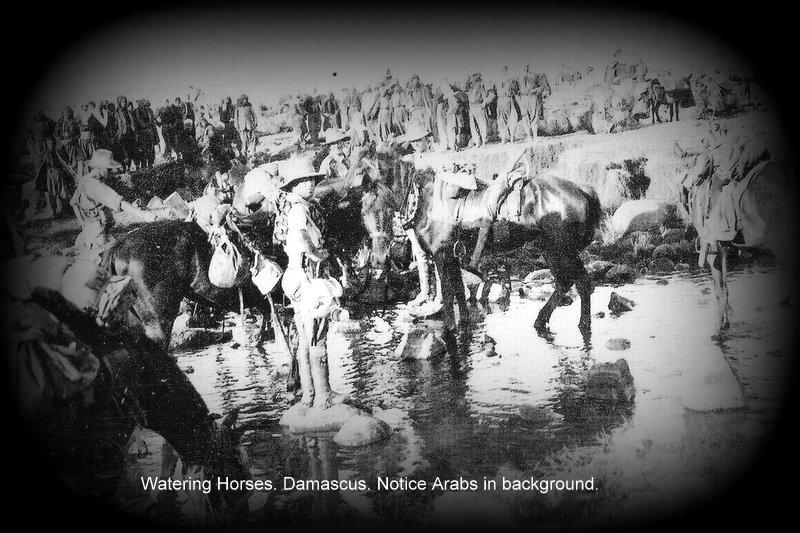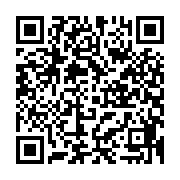World War 1, Middle East, Syria, Damascus, Logistics, Watering, 10 Australian Light Horse, 1918
Watering at a stream near Damascus
Australia shipped some 120,000 horses overseas during the war. More than 81,000 were sent to India. Over 39,000 horses served with the AIF, mostly in Egypt and Palestine with the Australian Light Horse. The AIF horses travelled by ship with the men.It took about 6 weeks to ship the horses from Australia to Egypt or England.
The Australian Government preferred to buy Waler horses because they were:medium-sized tough bush horses; more suited to a fast walk or smooth canter, instead of an unsettling trot; suitable for heavy pack duties and tolerant of extreme stress from lack of food and water. Individual horses were selected for their ability to carry up to 120kg, day after day. This load included a rider, saddle and horse tack, rations for the horse and rider, a bedroll, clothing, rifle and ammunition.
Walers were well suited to the desert conditions in the Sinai Campaign.Most horses need about 30L of water per day, but a Waler in the Middle East could survive up to 3 days without a drink. They proved to be better than camels for quickly transporting troops to a battle.
At the end of the war, Australians had to decide what to do with more than 20,000 horses in the Middle East and Europe. In France, Belgium and England, the horses were sold to locals. In Egypt, donkeys and camels were more popular work animals, and many soldiers feared their horses might be mistreated. Horses that were classed as too old or unfit had their manes shorn and shoes removed before being euthanised by a veterinary officer. Most of the remainderwere sold to the British Indian Army, which had purchased many Waler horses from Australia before the war.
Details
Details
The need for adequate water was a constant concern. The animals did not have individual water buckets. Rather, they were led to water troughs Leading hundreds of horses to water at troughs was time consuming and had its own directives, including that an officer should be on duty at the watering place while animals were drinking. “No man should take more than two animals at one time to drink.” “Animals should be watered in batches, a whole batch should be kept at the trough till all have finished and have had their heads up for at least one minute. Every batch will require from five to six minutes actually at the trough.” “Kickers should be watered separately.
The officer was supposed to be present to make sure these practices were adhered to, since animals that were pulled away from the trough too soon, or never got near it because of their stablemates dominance, would sicken within a day. There was also the recognition that drinking water could provide a breeding ground for disease, and the recommendation that each unit should have its own separate trough.
This photograph is part of the extensive Phil Sullivan 10th Light Horse Collection donated to the Army Museum in November 2023.
Open in Google Maps
Nearest geotagged records:
- World War 1, Middle East, 10 Australian Light Horse, 1918 (0.64km away)
- World War 1, Middle East, Syria, Damascus, 1918 (0.78km away)
- World War 2,South West Asia, Syria, Damascus, Hospice Sulamaniyah, WALKER, 2/28 Battalion, 1942 (1.23km away)
- World War 1 , Middle East Syria Damascus, 10 Australian Light Horse, 1918 (1.75km away)
- World War 1, Middle East, Damascus, 10 Australian Light Horse, 1918 (1.77km away)
Australian Army Museum of Western Australia
Australian Army Museum of Western Australia
Other items from Australian Army Museum of Western Australia
- World War 1, Middle East, Palestine, Jordan Valley, Logistic, Watering 10 Australian Light Horse, 1918
- World War 1, Western Australia, 10th Reinforcement, 10 Light Horse, 1915
- World War 1, Middle East, Egypt, Logistics, Watering, 10 Light Horse, 1915
- World War 1, Western Australia, 33rd Reinforcement, 10 Light Horse, 1918
- World War 1, Western Australia, 31st Reinforcement and 32nd Reinforcement,10 Light Horse, 1917
- World War 1, Western Australia, 27th Reinforcement, 10 Light Horse, 1917
- World War 1, Western Australia, 24th Reinforcement, 10 Light Horse, 1917
- World War 1, Western Australia, 23rd Reinforcement, 10 Light Horse, 1917
- India General Service Medal (1854-1895)
- Afghanistan Medal (1878-80)
- World War 1, Western Australia, 22nd Reinforcement, 10 Light Horse, 1916
- World War 1, Western Australia, 21st Reinforcement, 10 Light Horse, 1916

